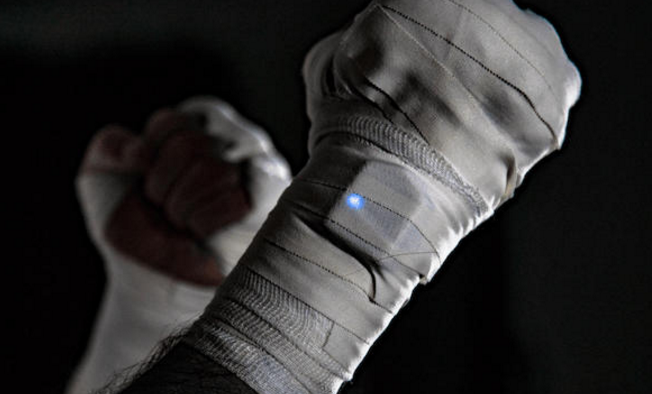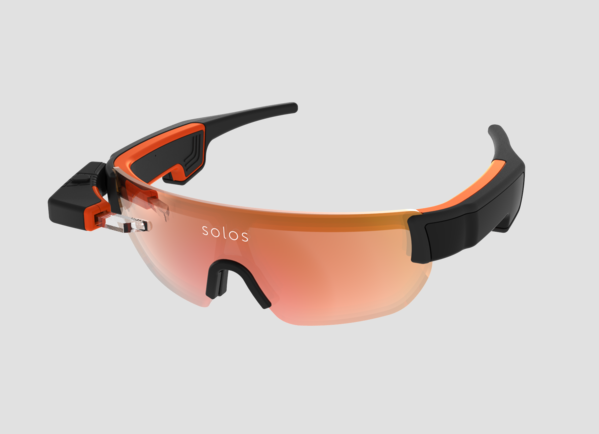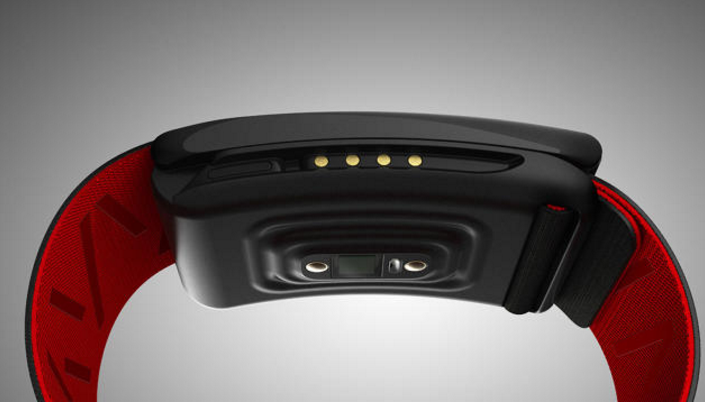The 2016 Rio Olympics has been a rush of excitement, and although our favorite athletes are nearly superhuman, there was no shortage of tech assisting them to the finish lines at this year’s events. Competitors from all over the world were equipped with gadgets to help them train and stay fit, from jump trackers worn by the volleyball team to heads-up displays used by cyclists. Here are five wearable breakthroughs from this year’s Summer Olympics.
Hykso punching sensors

Image source: Hykso.
Data tracking is a big part of Olympic training and competition. In boxing, the newest wearable to the ring is the Hykso, a Y Combinator-funded sensor developed specifically for boxers. Used by the U.S. and Canadian boxing teams, the device is able to tell what kind of punch a fighter is throwing, as well as measure their intensity and velocity. In fact, it was this little punching sensor that helped the U.S. win the bronze in boxing.
VERT Wearable Jump Monitor
![]()
Image source: VERT.
Because wearables provide the analytics to help athletes train, the U.S. women’s volleyball team used the VERT Wearable Jump Monitor, which clips onto clothing to track how high, how far, and how often each player jumps. The data is then sent to an app to help coaches ensure the players don’t over-exert themselves, which can lead to injuries. Of course, this device can be used for other sports, such as basketball.
Solos AR cycling glasses

Image source: Solos.
You might have spotted U.S. cyclists sporting Solos smart glasses, a Google Glass of sorts for athletes. The glasses are equipped with a tiny heads-up display that shows metrics such as heart rate, pace, distance, and cadence. Because that data appears in real-time, cyclists know if they’re moving at their projected pace. With built-in headphones to help keep focus, the glasses can run for about six hours before needing to recharge.
WHOOP Strap

Image source: WHOOP.
Unlike many fitness bands dedicated to just tracking movement, the WHOOP can measure everything from how much athletes have strained themselves during a session to how they’ll perform the next day. Thanks to advanced sensors that provide an EKG-like level of detail, the WHOOP also allows athletes to measure their fitness more accurately than other wearables. Better yet, with its removable battery, the device doesn’t need to be taken off to recharge.
LumiWave’s Infrared Light Therapy

Image source: Lumiwave.
The U.S. gymnastics team depended on LumiWave’s Infrared Light Therapy device to treat minor muscle and joint pain. Each of the device’s eight pods beam infrared light into body tissue, helping to increase blood flow and provide short-term pain relief. While gymnasts already have access, the device is on pre-order to the general public starting at $449, and has already been cleared by the U.S. Food and Drug Administration for temporary relief of minor muscle pain, spasms, and stiffness.
Advertisement
Learn more about Electronic Products Magazine





